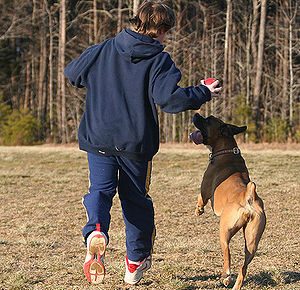Are you looking to make a real difference in the lives of animals? ASPCA is searching for public and private shelter leaders and volunteers to take their town to the next level by vastly increasing pet adoptions in their community. To sweeten the deal, they’re launching a friendly competition to inspire innovation and showcase successful, life-saving programs. Officially launched on April 8, the ASPCA $100K Challenge will award more than $125,000 in prizes, including a grand prize grant of $100,000! To qualify for the grand prize competition, shelters need to save a minimum of 300 more cats, dogs, kittens and puppies from August through October 2010, compared with the same three-month period in 2009. Beyond that, the winner will be the shelter that saves the most additional animals from August through October 2010. The ASPCA will also grant $25,000 to the shelter that most inspires and engages its community to get involved in promoting pet adoptions and reuniting lost animals with their pet parents. (And yes, the same shelter can win both big prizes!)
Related Articles
Education
Our relationship to animals is taught to us at an early age. The attitudes conveyed to us by our parents, teachers and friends make a strong impression. Teachers can educate their students to love and respect animals through lesson plans, field trips, activities and hands-on experience. Adult education is also important for changing old habits […]
Animal Welfare Act
The Animal Welfare Act, also known as the Laboratory Animal Welfare Act, was enacted in 1966 and has been amended several times. It is the only Federal law regulating the treatment of research animals, public exhibition of animals, commercial transport of animals and animals bred for commercial sale. It was passed in 1966 to prevent […]
Teaching Respect for Animals
Education is crucial for teaching children respect for pets, wildlife and the environment. Teachers can teach lessons about subjects such as animal welfare, conservation and responsible pet ownership. Interactive activities, videos and stories can be powerful tools to get the message across. Teachers can also teach respect for animals indirectly, by including images and facts […]


